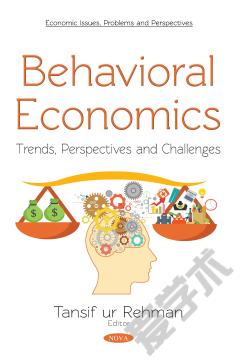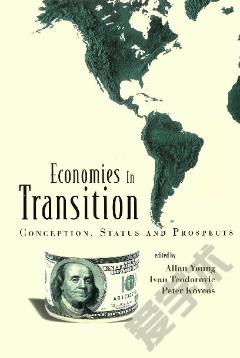The Sharing (aka Gig) Economy: Overview, Issues and Perspectives
Technological advancement and the proliferation of the smartphone have reshaped the commercial landscape, providing consumers new ways to access the retail marketplace. On-demand companies are one such innovation, and underpinning on-demand commerce is the gig economy, the collection of markets that match service providers to consumers of on-demand services on a gig (or job) basis. Flagship on-demand companies such as Uber (driver services) and Handy (home cleaners and household services) have garnered significant media attention both for their market success and recent legal challenges, particularly concerning the classification of gig workers. Broader questions about the pros and cons of the gig economy have emerged as on-demand markets grow and the gig economy expands into new sectors. By some accounts, workers’ willingness to participate in the gig economy provides evidence that gig work is a beneficial arrangement. Indeed, gig jobs may yield benefits relative to traditional employment in terms of the ease of finding employment and greater flexibility to choose jobs and hours. The gig economy may facilitate bridge employment (e.g., temporary employment between career jobs or between full-time work and retirement) or provide opportunities to generate income when circumstances do not accommodate traditional full-time, full-year employment. At the same time, however, the potential lack of labor protections for gig workers and the precarious nature of gig work have been met with some concern. This book provides an overview of the gig economy and identifies legal and policy questions relevant to its workforce.
{{comment.content}}








 京公网安备 11010802027623号
京公网安备 11010802027623号